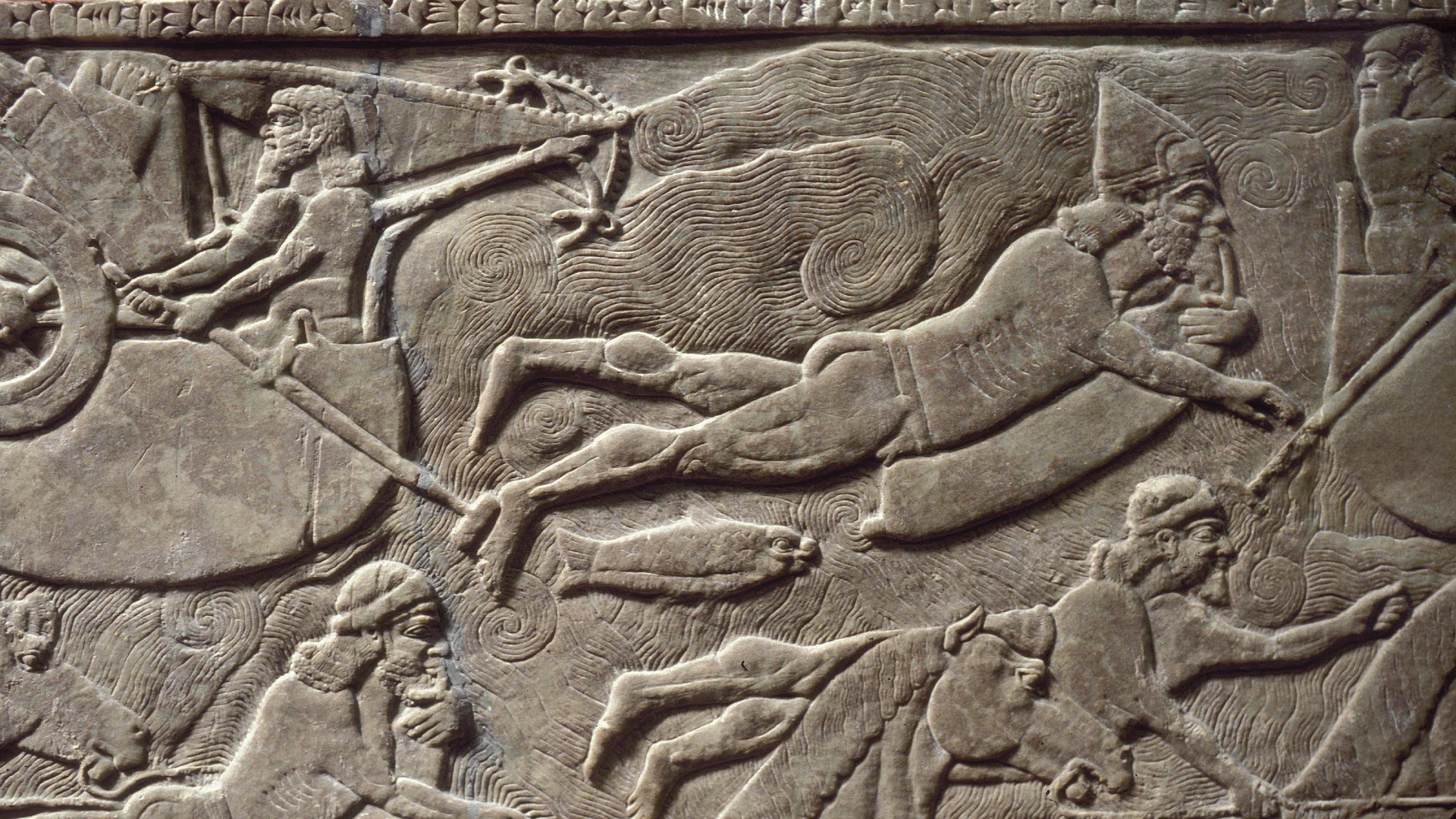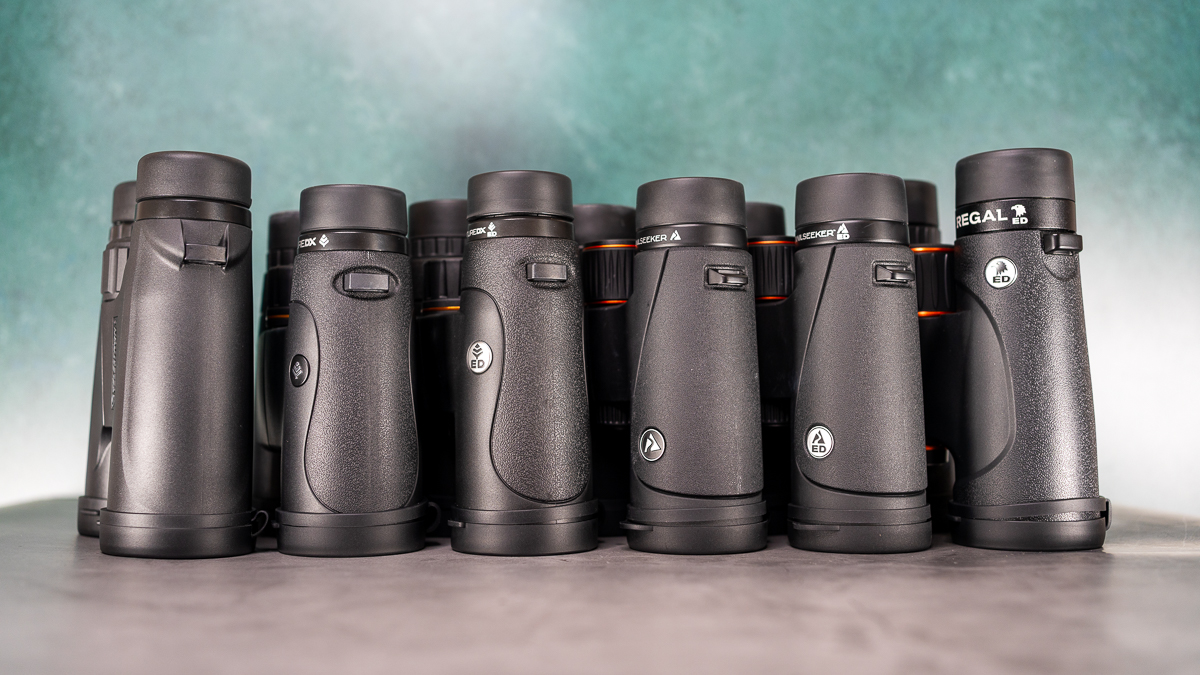Assyrian swimmers: 2,900-year-old carving of soldiers using inflatable goat skins to cross a river
A carved panel found at Nimrud depicts Assyrian soldiers swimming across a river and using inflatable goat skins as floaties.

Name: Assyrian Swimmers
What it is: A relief scene carved in gypsum
Where it is from: The Royal Palace of Nimrud (near modern-day Mosul, Iraq)
When it was made: Between 865 and 860 B.C.
This carved relief from Nimrud, a major city of the ancient Assyrian Empire in present-day Iraq, regularly drifts around the internet as purported evidence for scuba diving nearly 3,000 years ago. But the wall panel actually depicts an army crossing a river, and soldiers are navigating the waves with the help of ancient flotation devices.
The gypsum panel is one of several excavated in the 1840s from the Northwest Palace, which was built on the Tigris River around 865 B.C. on the orders of King Ashurnasirpal II. Originally located around the interior walls of the throne room and royal apartments, the carved panels depict the king leading a military campaign, engaging in rituals and hunting animals.
This panel fragment, which is in the collection of The British Museum, shows several men and horses crossing a river. The horses are swimming, pulled on leads by cavalry soldiers. One soldier is free-swimming, one is rowing a small boat, and two are using goat-skin bags that the soldiers are inflating to stay afloat.
Related: Tarkhan Dress: World's oldest known outfit was worn to an ancient Egyptian funeral 5,000 years ago
A cuneiform inscription running across the top of the panel traces the king's lineage and describes his key accomplishments. The two-dimensionality of the perspective — in which the figures appear complete and not half-submerged — is typical in Assyrian art, according to The British Museum.
Animal skin or bladder floats appear several times in the Nimrud wall panels, and they were likely made from goats or pigs. The floats were used to help keep a soldier's weapons dry and to allow an army to sneak up on an enemy. Ashurnasirpal II was known for his military prowess as well as his brutality, and his innovative tactics — including the goat-skin floats — helped him expand his empire considerably in the ninth century B.C.
While it's interesting to ponder how much of the world the Assyrian army might have conquered if they'd had scuba gear, the humble goat skin still represents a key invention that helped them maintain power in Mesopotamia for centuries, until the empire fell around 600 B.C.
Get the world’s most fascinating discoveries delivered straight to your inbox.

Kristina Killgrove is a staff writer at Live Science with a focus on archaeology and paleoanthropology news. Her articles have also appeared in venues such as Forbes, Smithsonian, and Mental Floss. Kristina holds a Ph.D. in biological anthropology and an M.A. in classical archaeology from the University of North Carolina, as well as a B.A. in Latin from the University of Virginia, and she was formerly a university professor and researcher. She has received awards from the Society for American Archaeology and the American Anthropological Association for her science writing.
You must confirm your public display name before commenting
Please logout and then login again, you will then be prompted to enter your display name.


